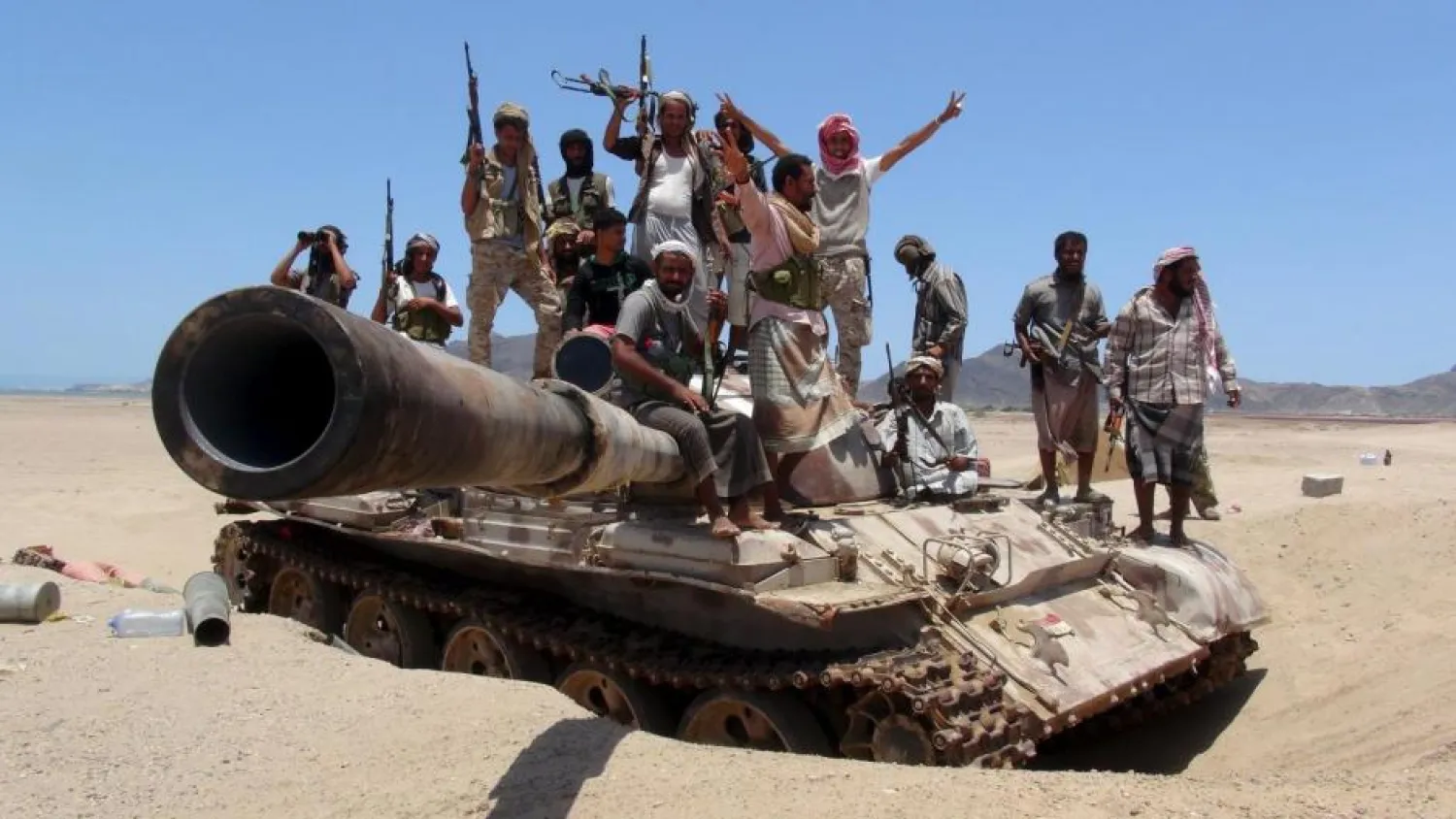Houthi insurgents have committed a new crime in Yemen’s Baydaa province where a BMP tank ran over a vehicle carrying 12 people, killing seven passengers.
"The vehicle of Saif Mohammed Ali al-Arabji was run over on Thursday by the Houthi militias’ BMP tank at Ahram point in Radaa,” the media center of resistance in Baydaa said in a brief statement.
The statement published on Facebook named the seven dead passengers as Saif Mohammed Ali al-Arabji, Latf Saif Mohammed Ali al-Arabji, Mabkhout al-Qishani al-Arabji, Saeq Mohammed Waseea, Saleh Mohammed Waseea, Moeen Ali al-Makroum and Mirdas Mohammad Ali al-Arabji.
The center also reported the injury of "five other citizens who remain in critical condition."
In other news, National Army website “SeptemberNet” reported that 17 Houthi militants, including one field commander known as Ismael al-Washali, were killed and 20 others wounded during an Arab coalition air raid waged successfully on a training camp in Dhamar province.
Military sources told Asharq Al-Awsat that a number of militants were killed during air raids of the Arab Coalition to Support Legitimacy on several insurgent sites in Nahm, east of Sana’a. In addition, Coalition fighter jets raided several militant positions in Saada, the Houthi stronghold, including military sites and targets in Haidan district.
Over the past 48 hours, the raids were concentrated on Saada province, and the National Army shelled several Houthi sites in the Muthab district of al-Safra governorate. According to the source, Houthi militants were killed and injured during clashes that lasted several hours in various areas of Serwah, Maerib.
Speaking to Asharq Al-Awsat, spokesman of legitimate forces in the Karsh and al-Shurijiyya fronts Antar al-Subaihi said heavy clashes pitted Houthi militias against the national army and the southern resistance forces, which continued the liberation of al-Rahida area’s al-Sahi village.
“The forces have fully controlled the strategic sites north of liberated al-Shreijah, north of Lahj, in addition, they liberated the remainder of the Shivan, Qarduf and al-Taweelah mountain range in al-Aloob north of al-Shreijah, under the command of Colonel Mohammed Farid Hassan and Lt. Fadl Hasan,” said Subaihi.
He reiterated that they will not stop until al-Rahida area is fully secured and liberated.
He explained that National Army and the Popular Resistance forces launched a sudden attack on several Houthi sites from several axes, giving them an advantage, with Houthis not being able to respond, escaping the area and leaving behind many bodies, weapons, and ammunition.
"A number of Houthi militias were killed and others injured, in addition to the capture of eight militants,” Subaihi added.









